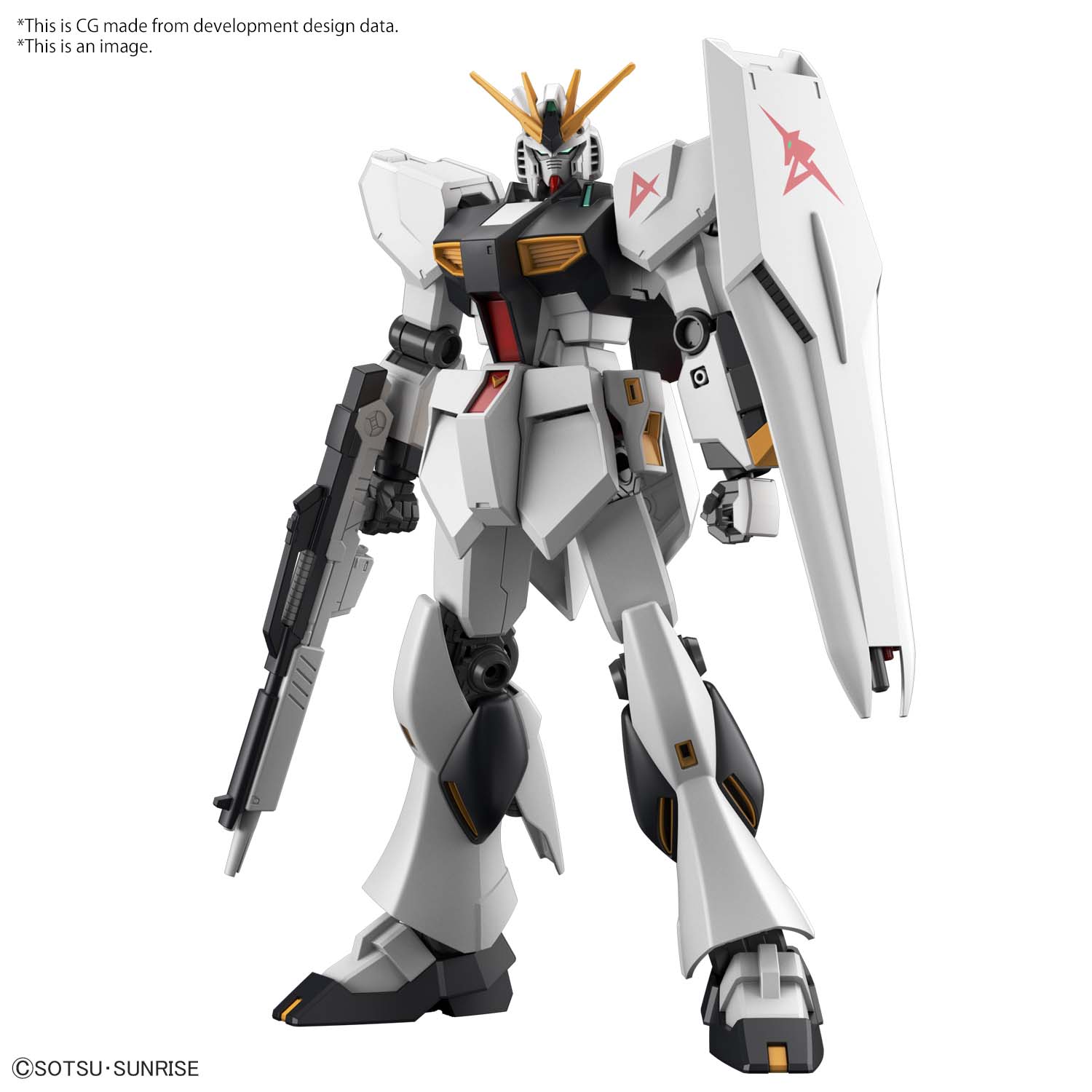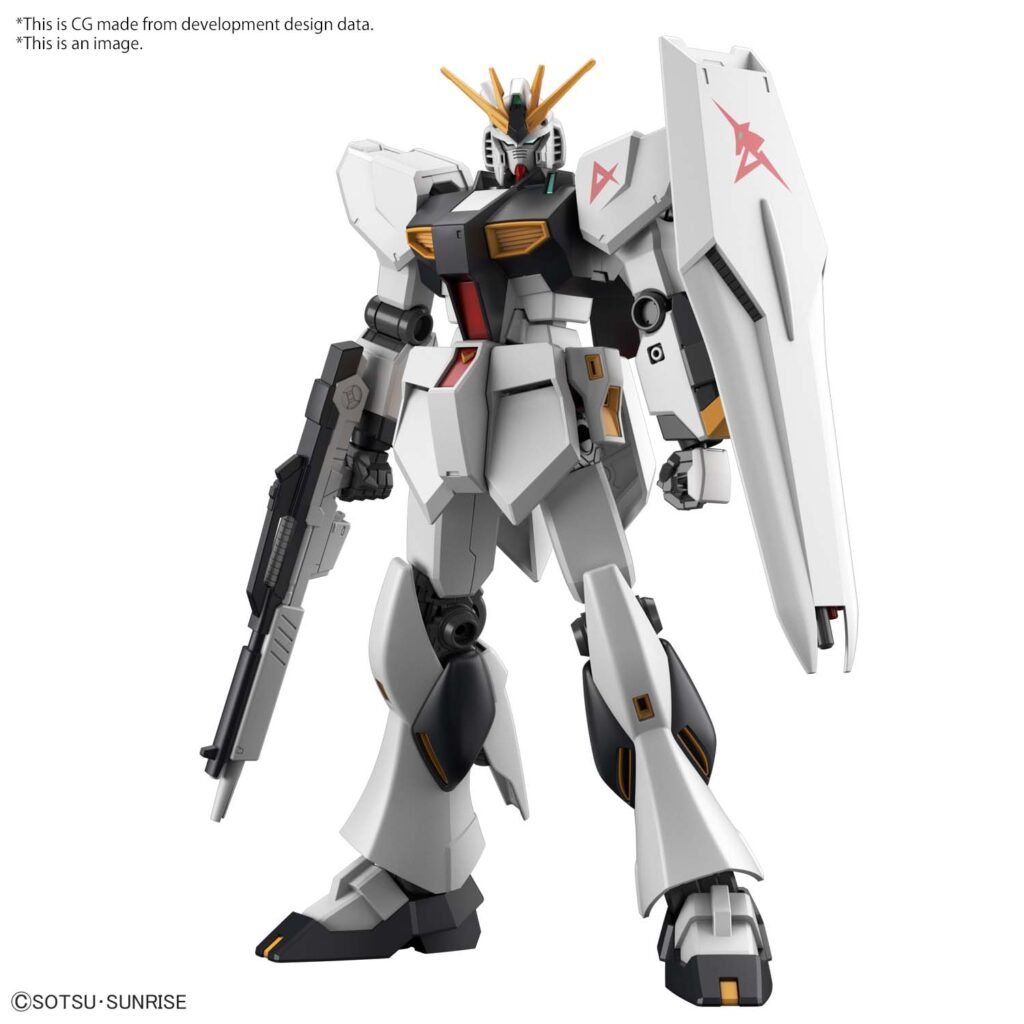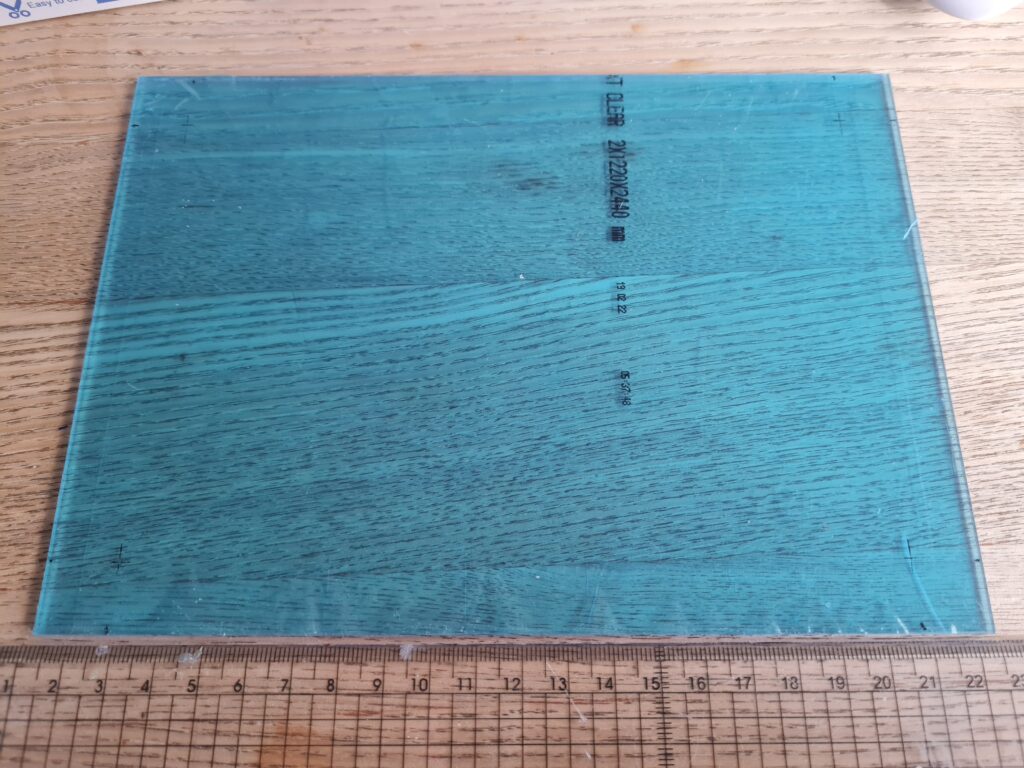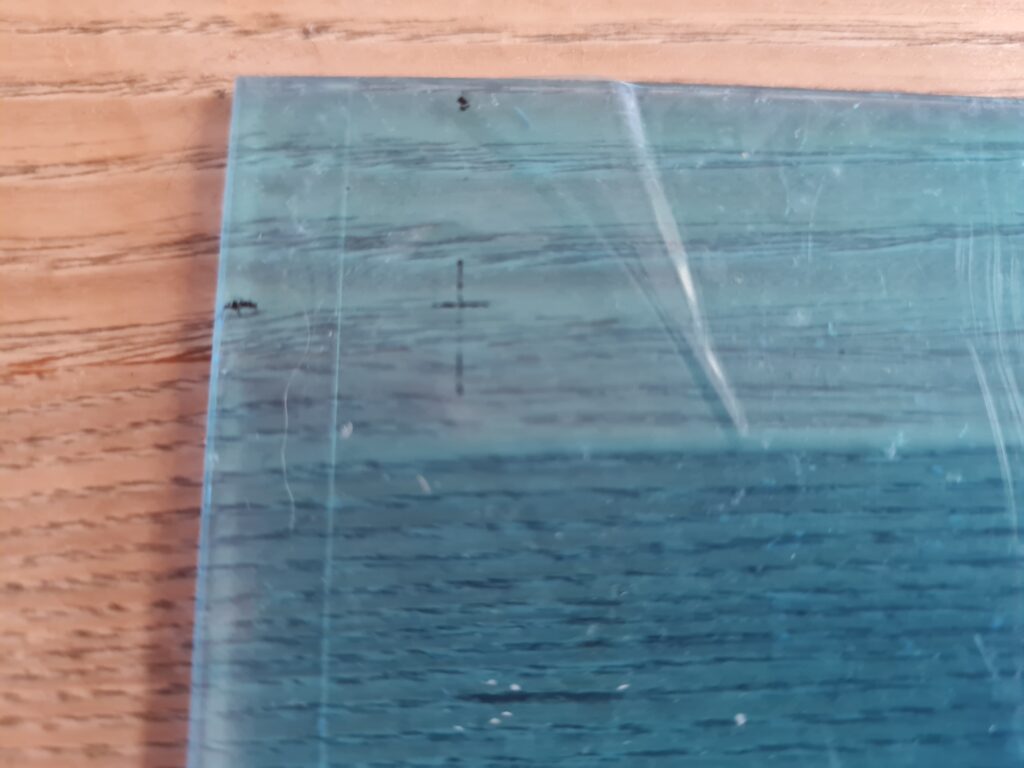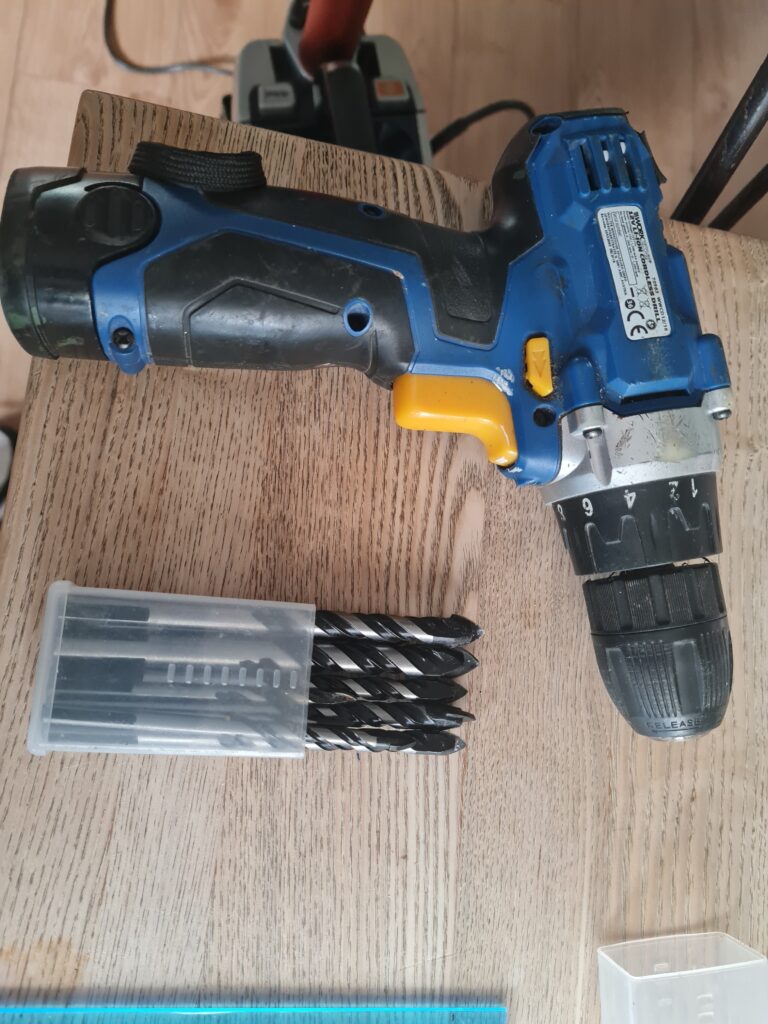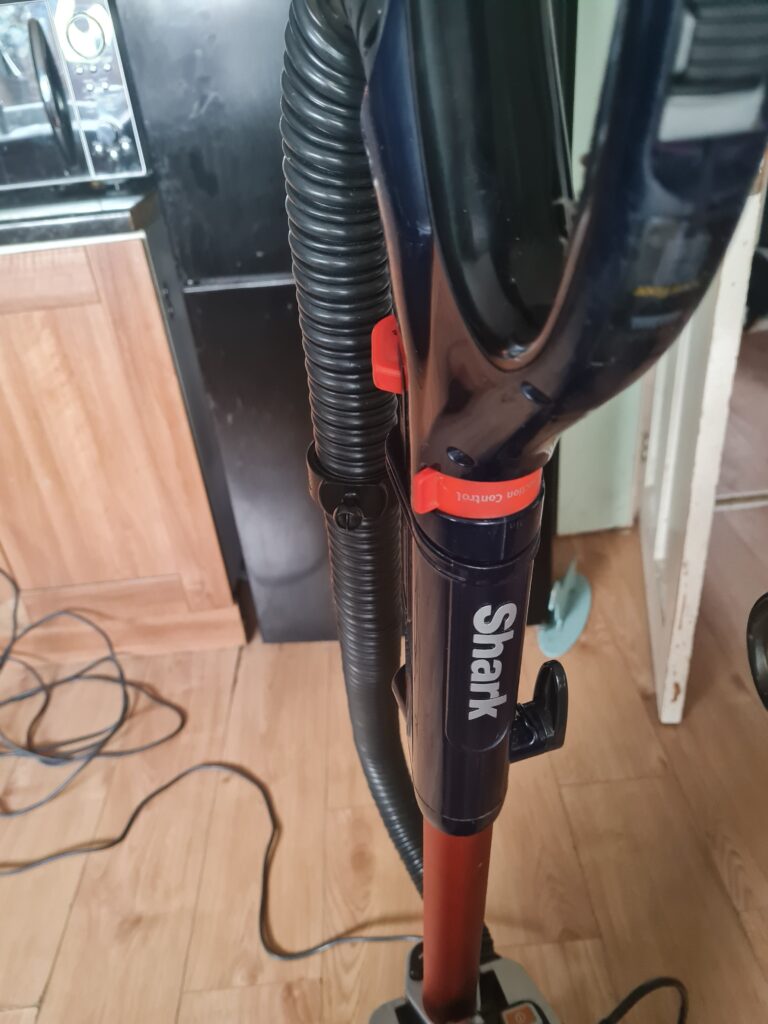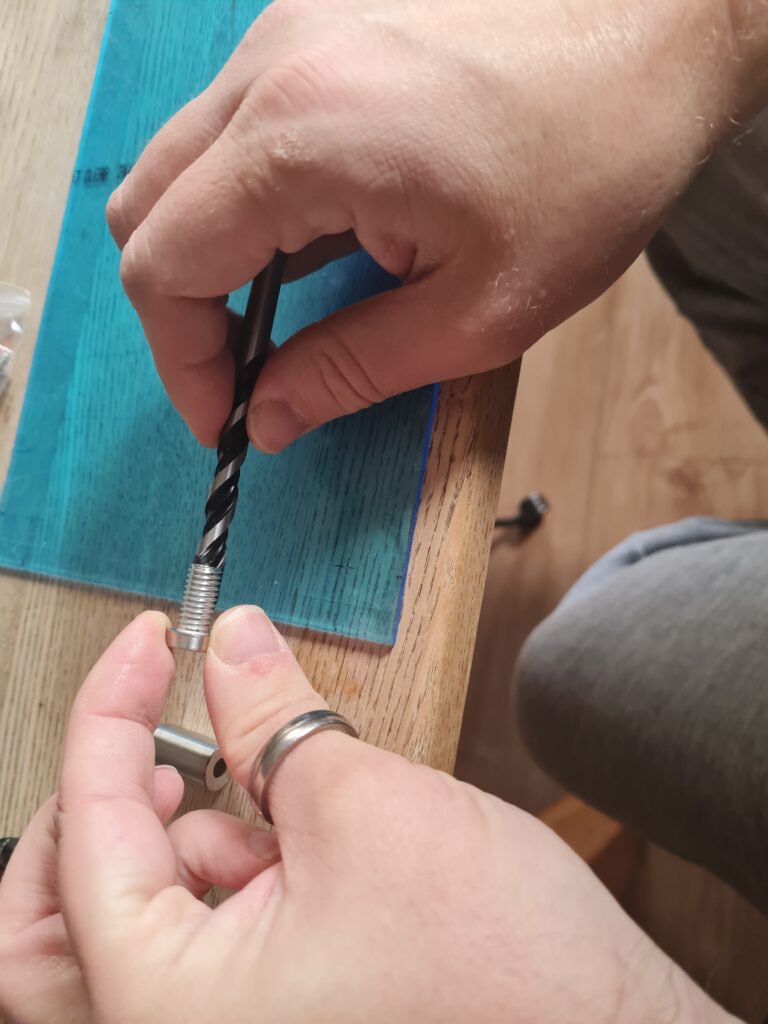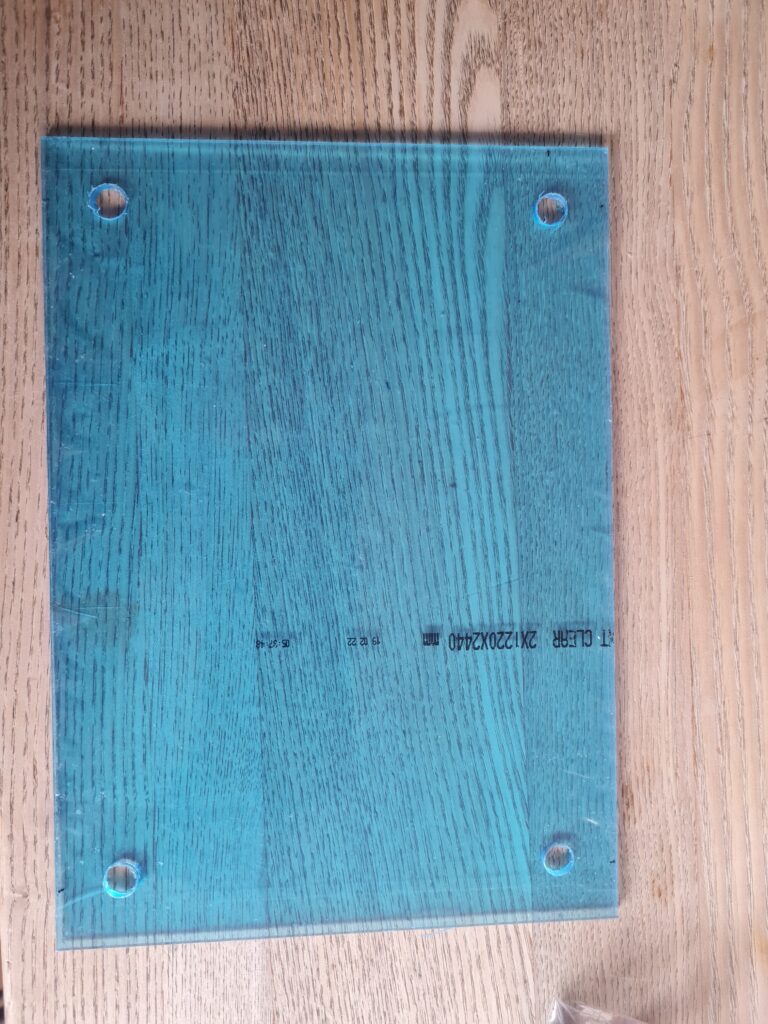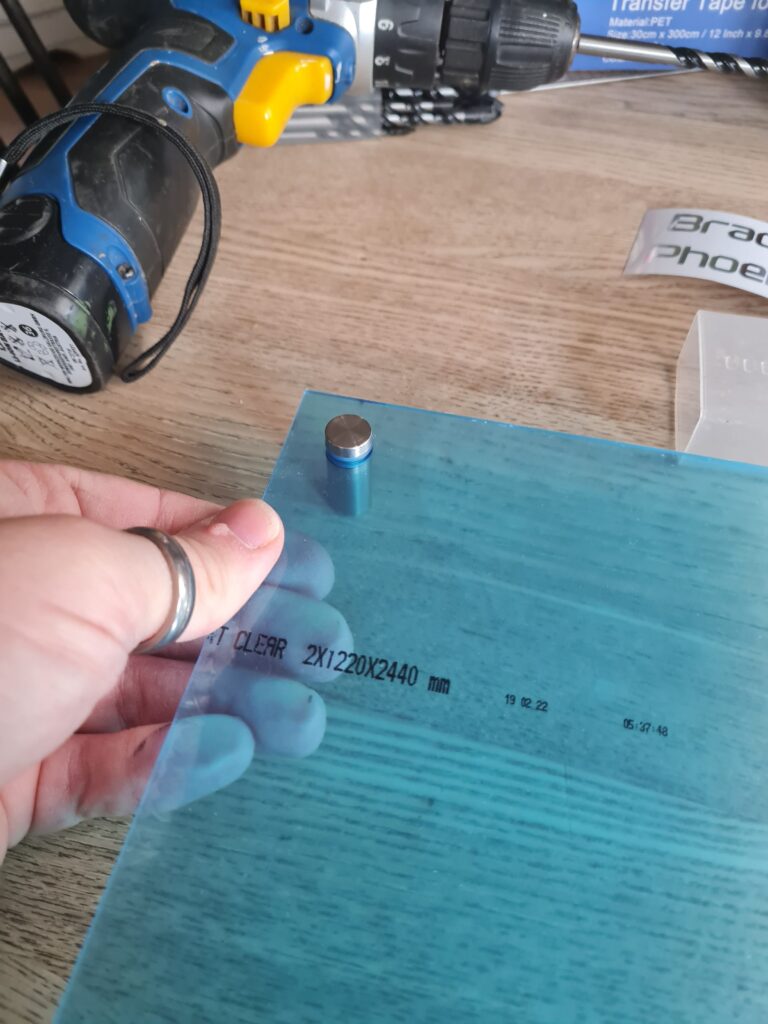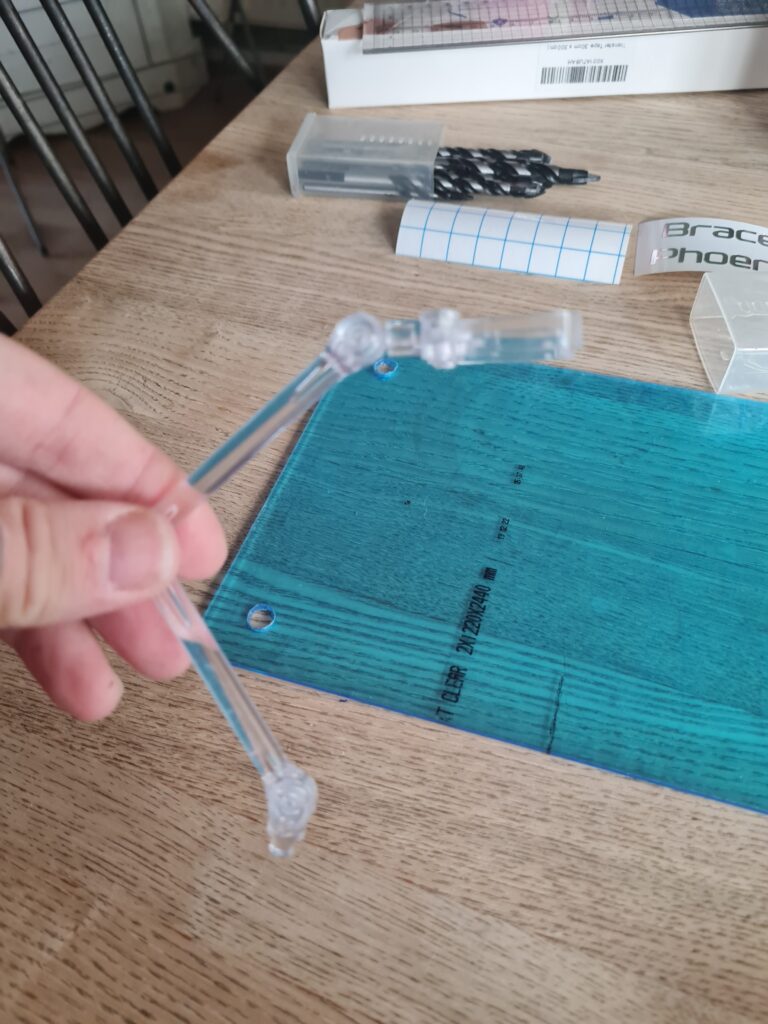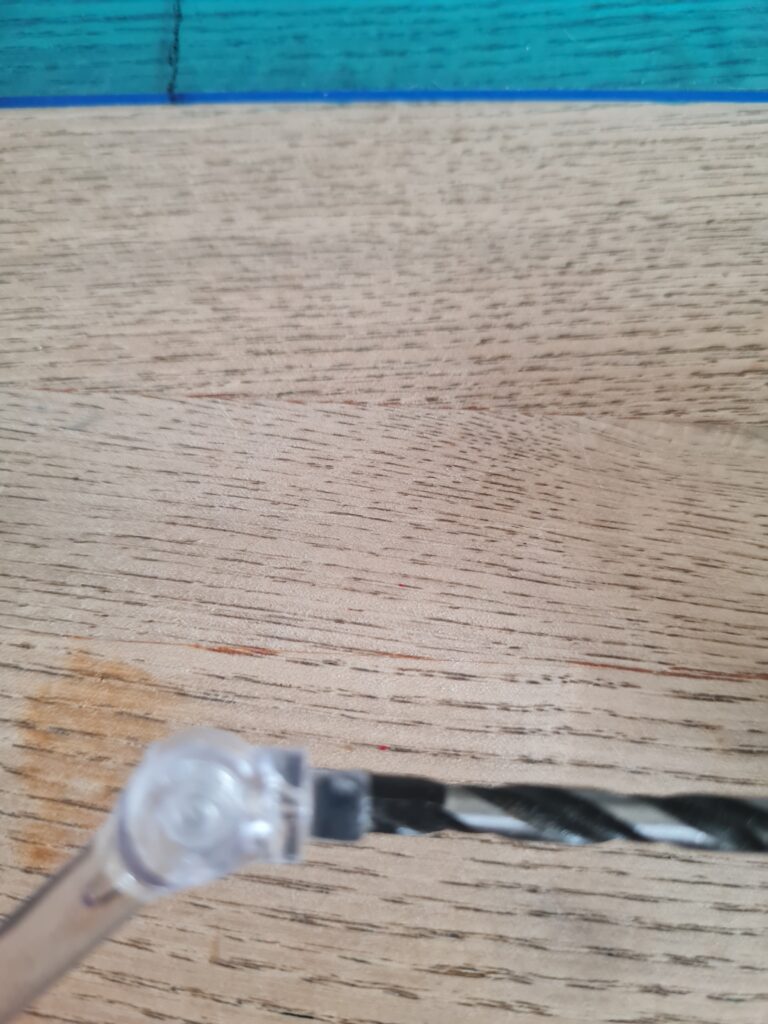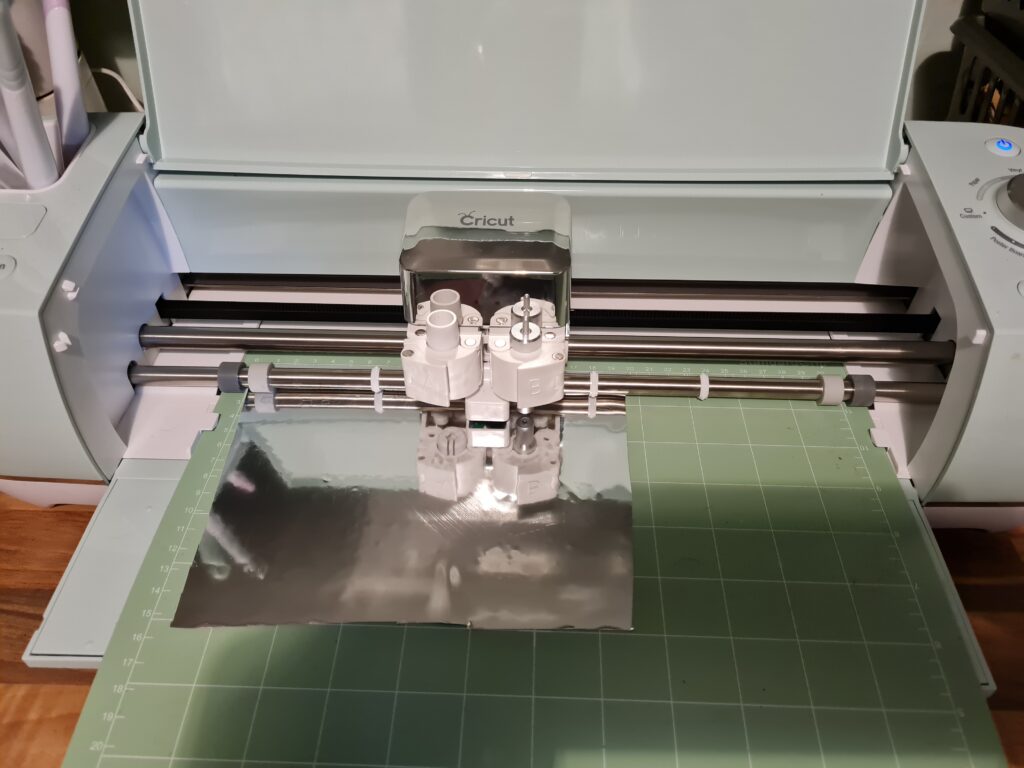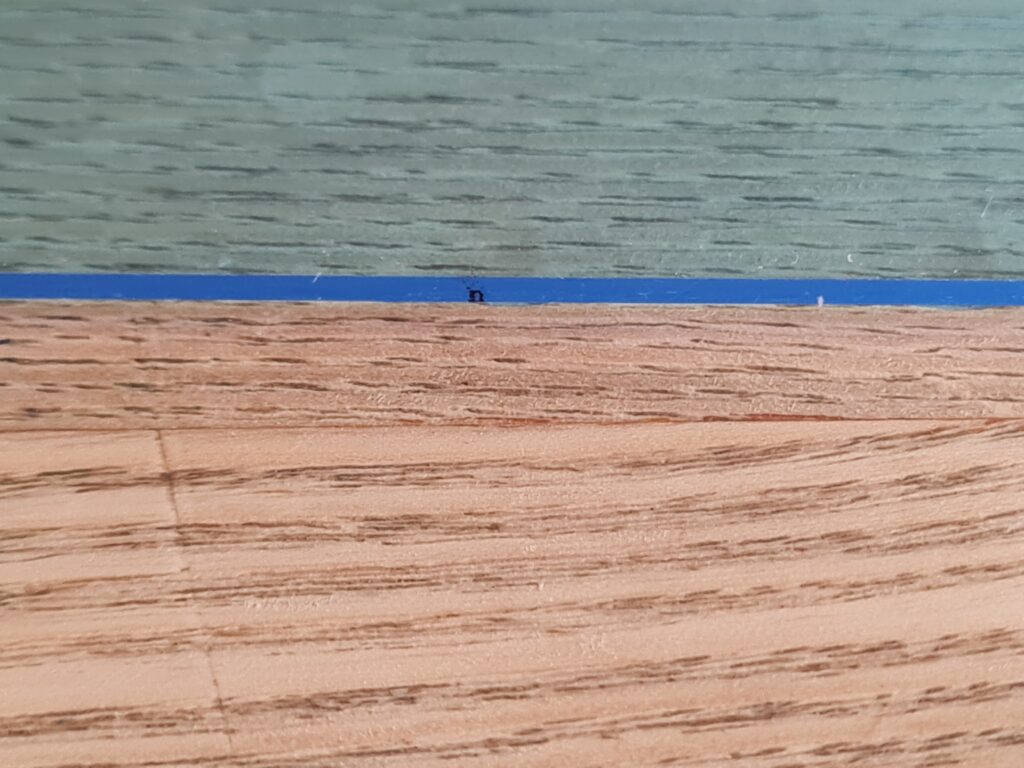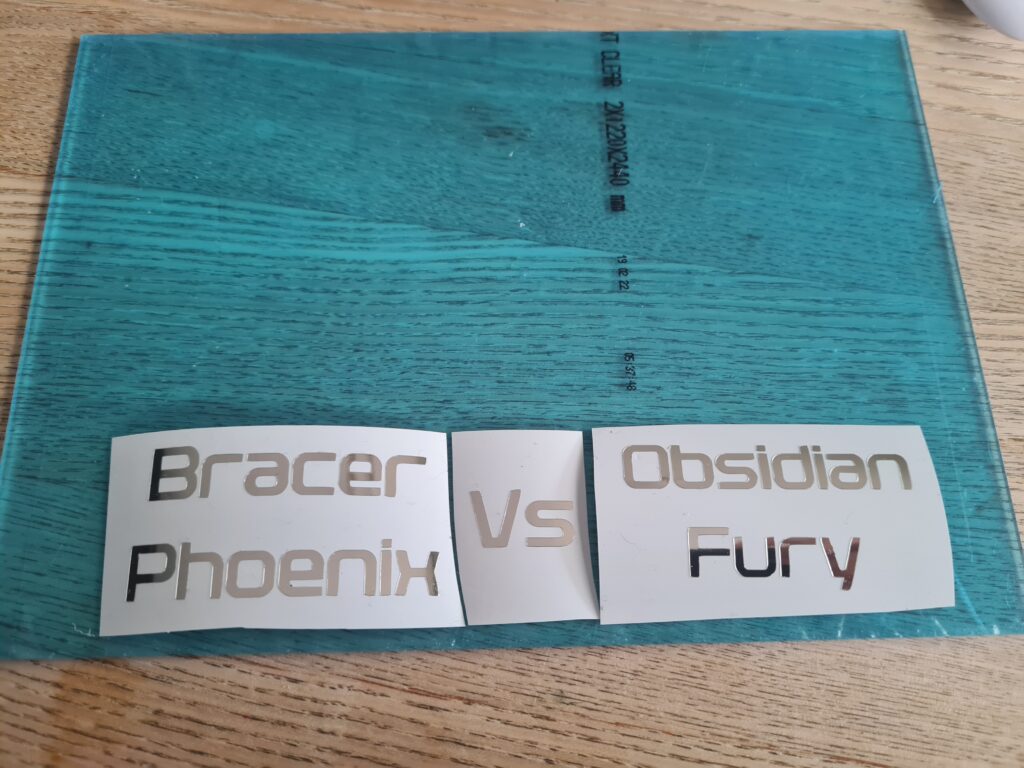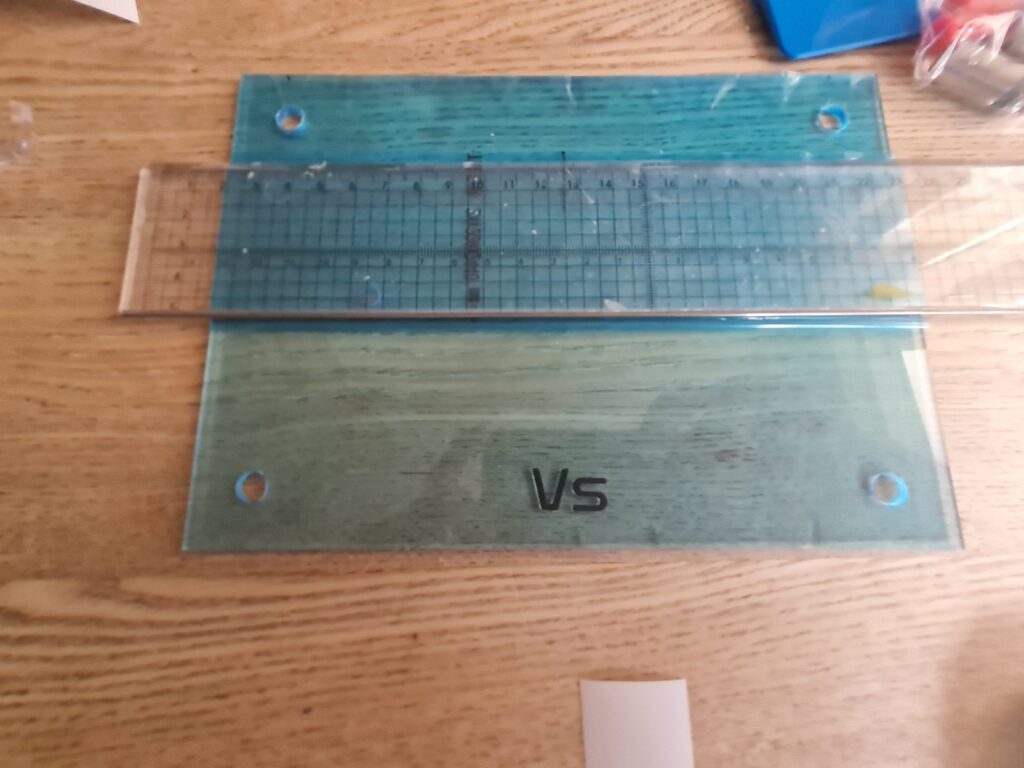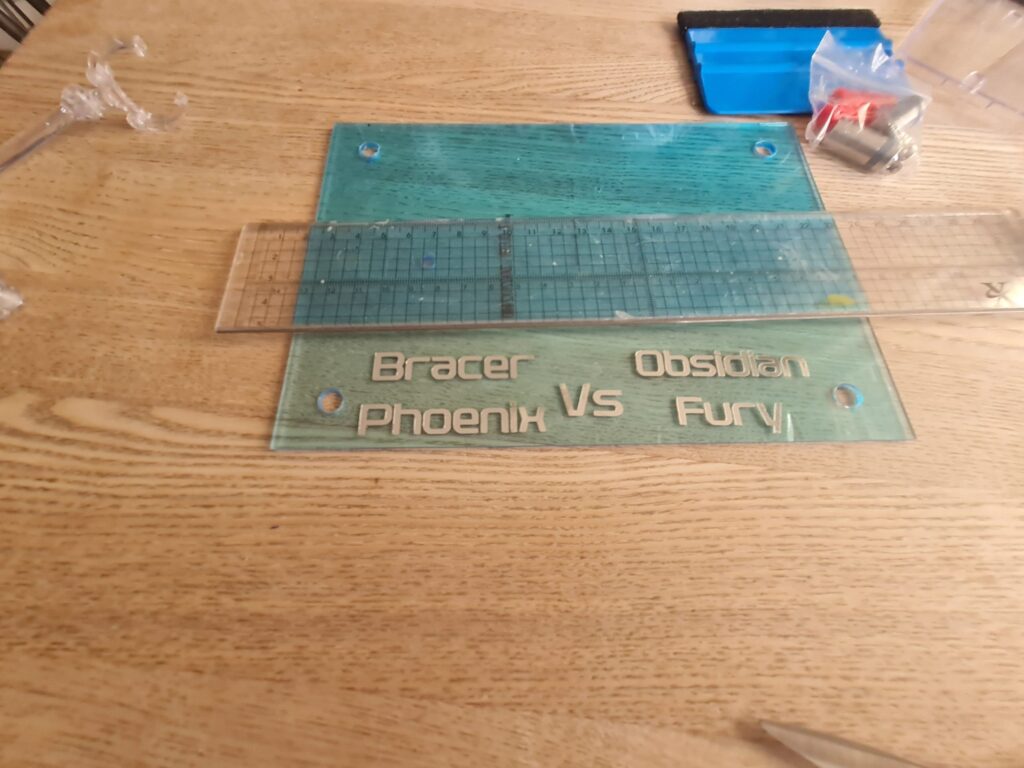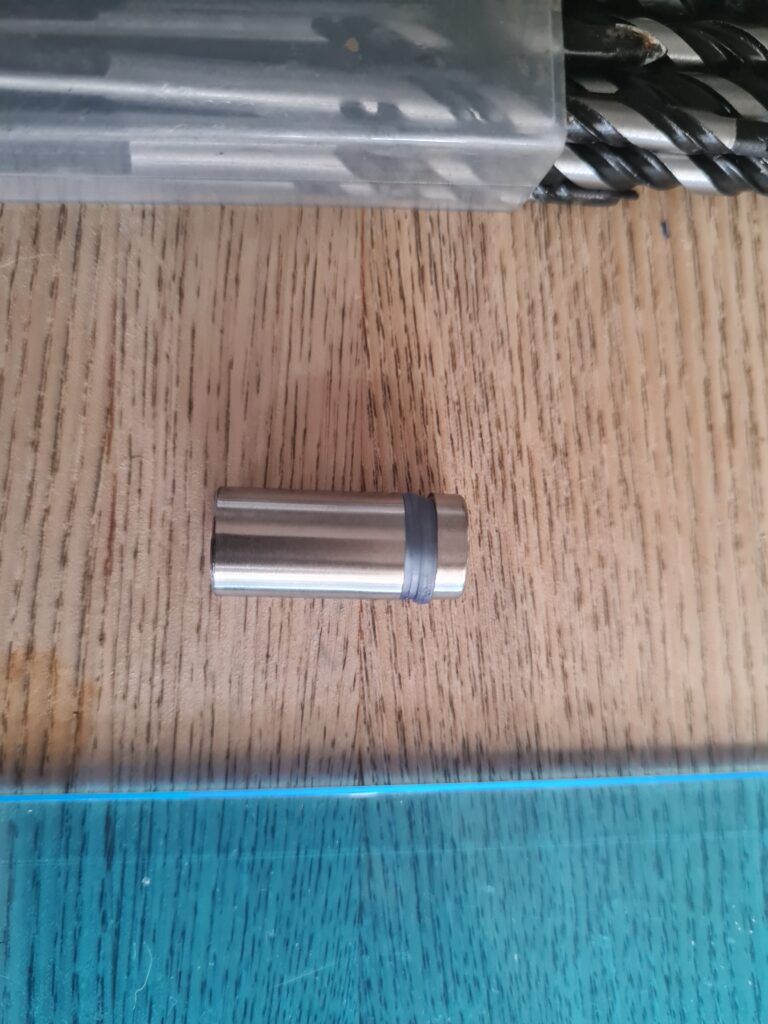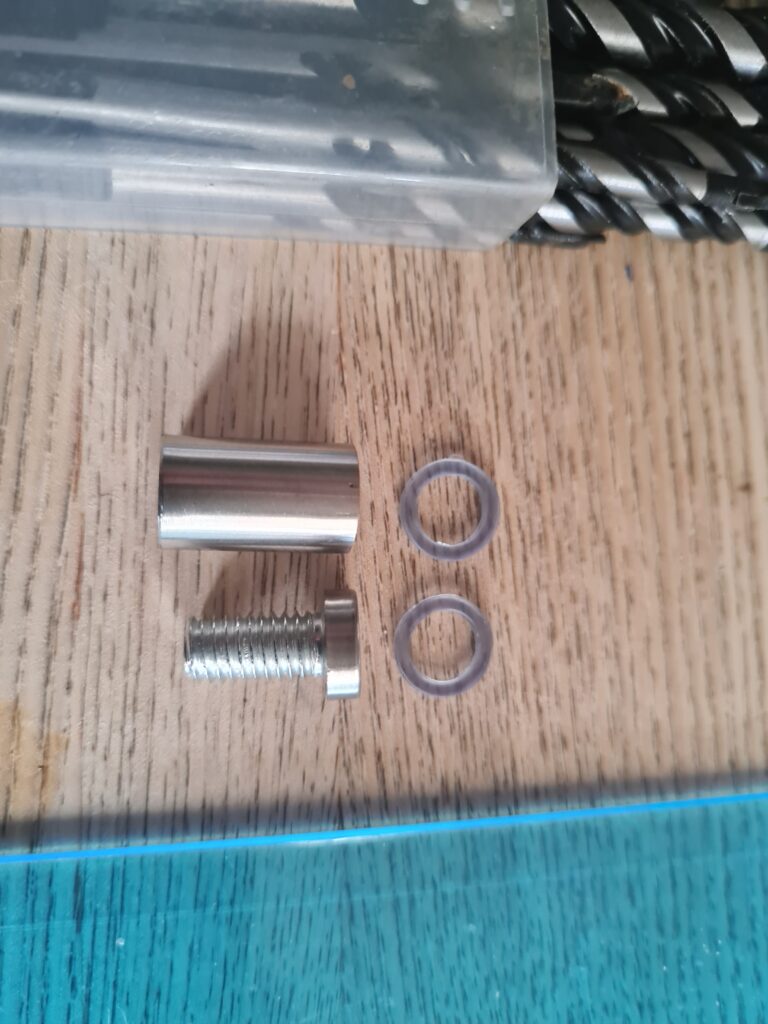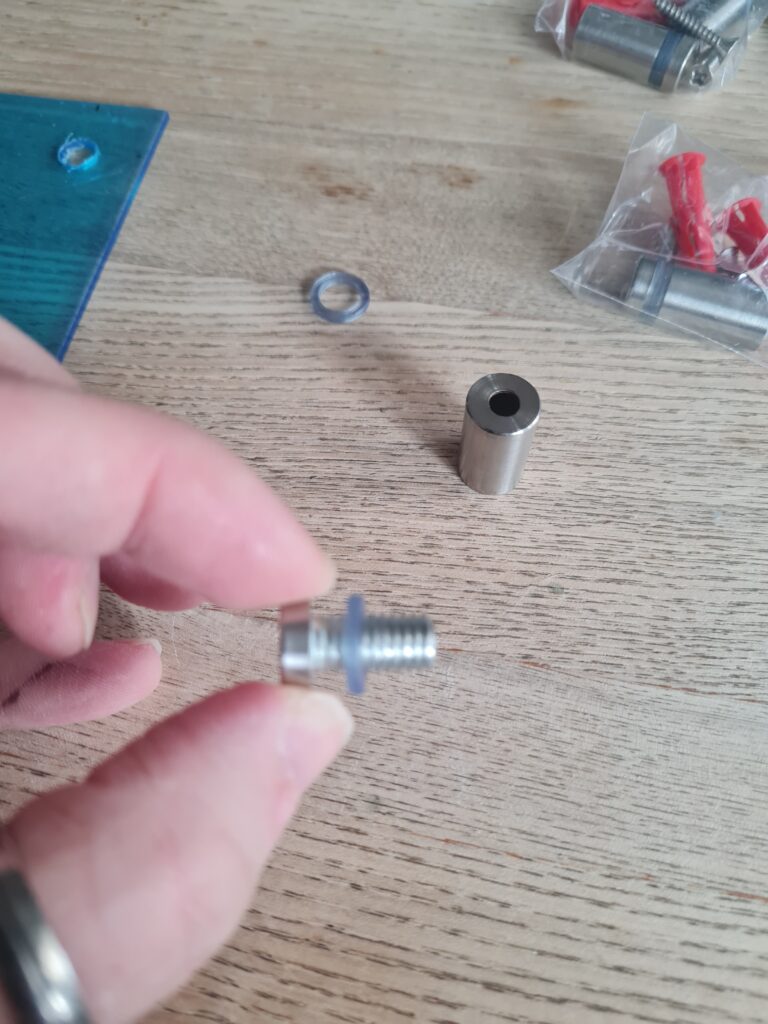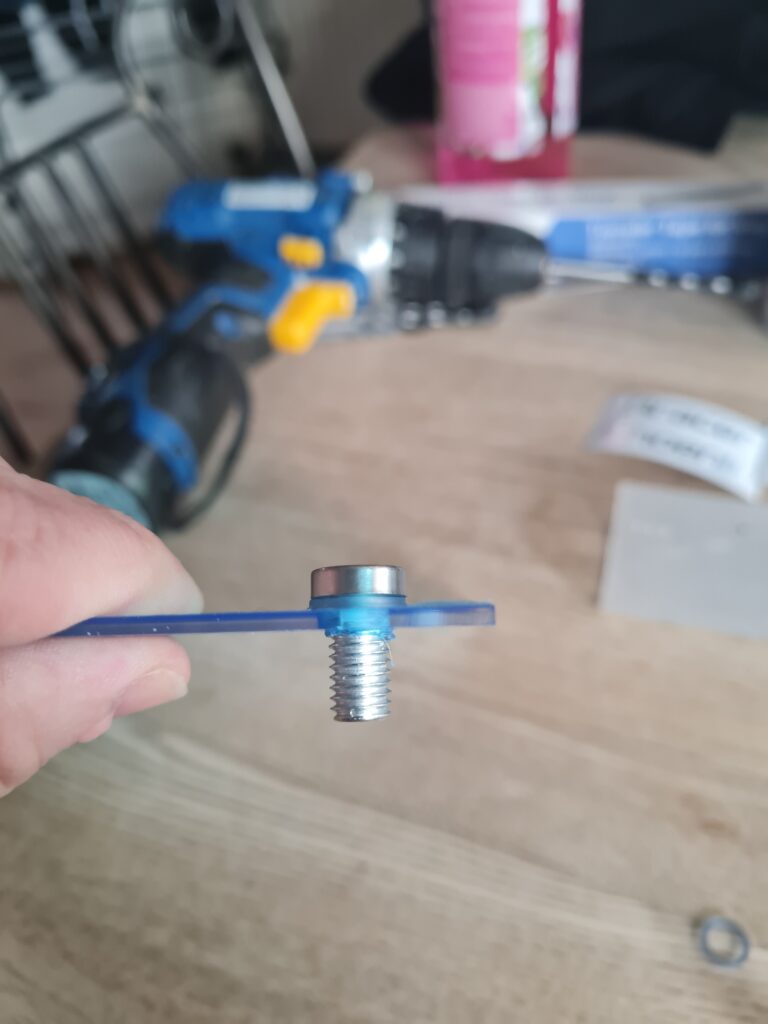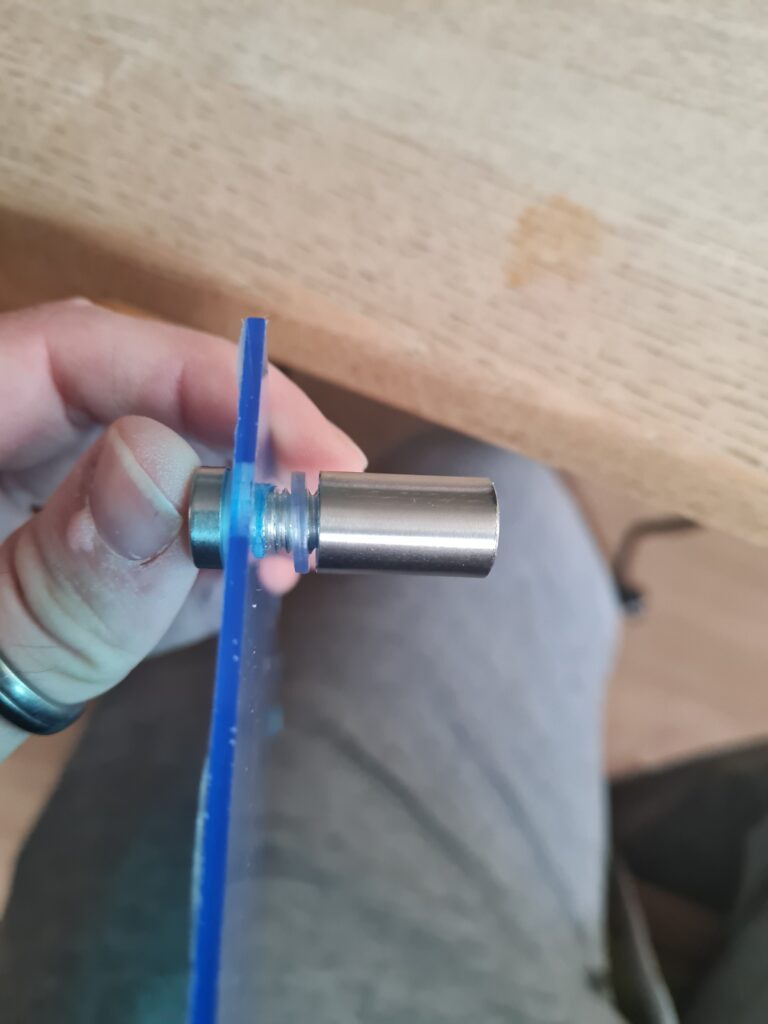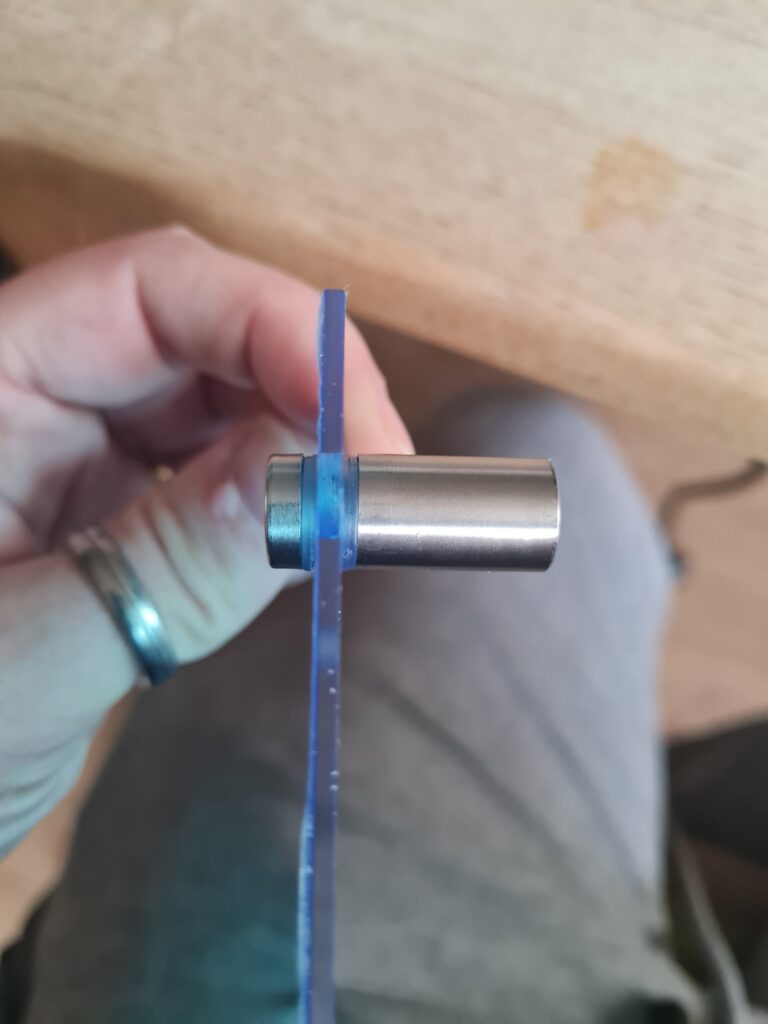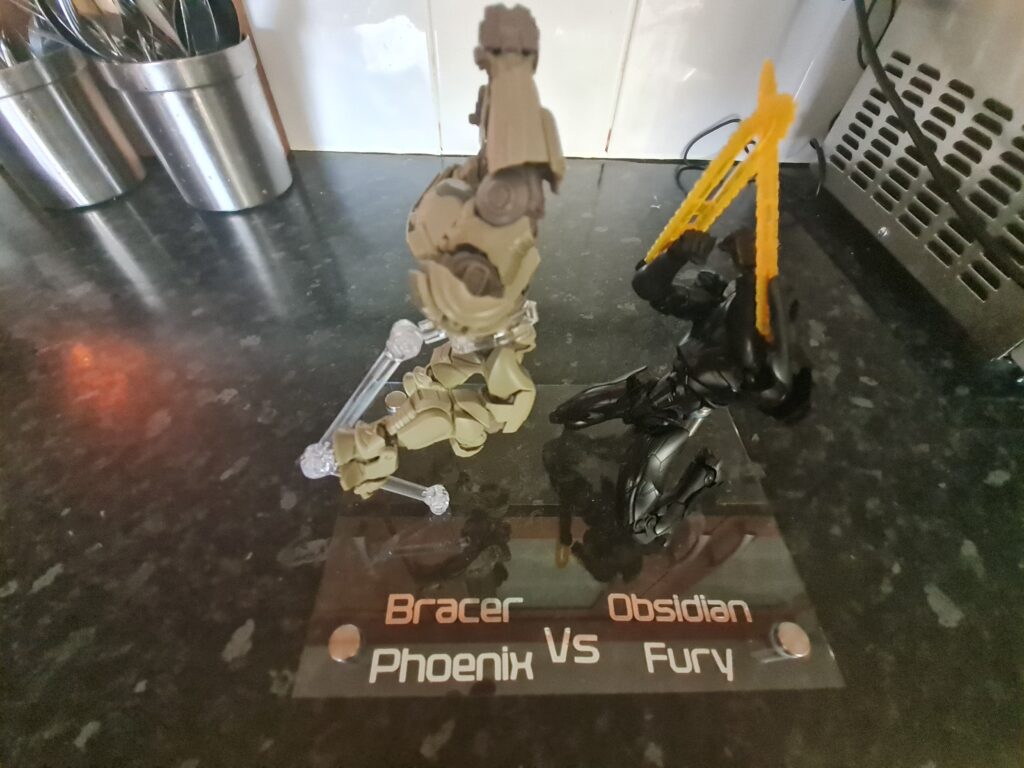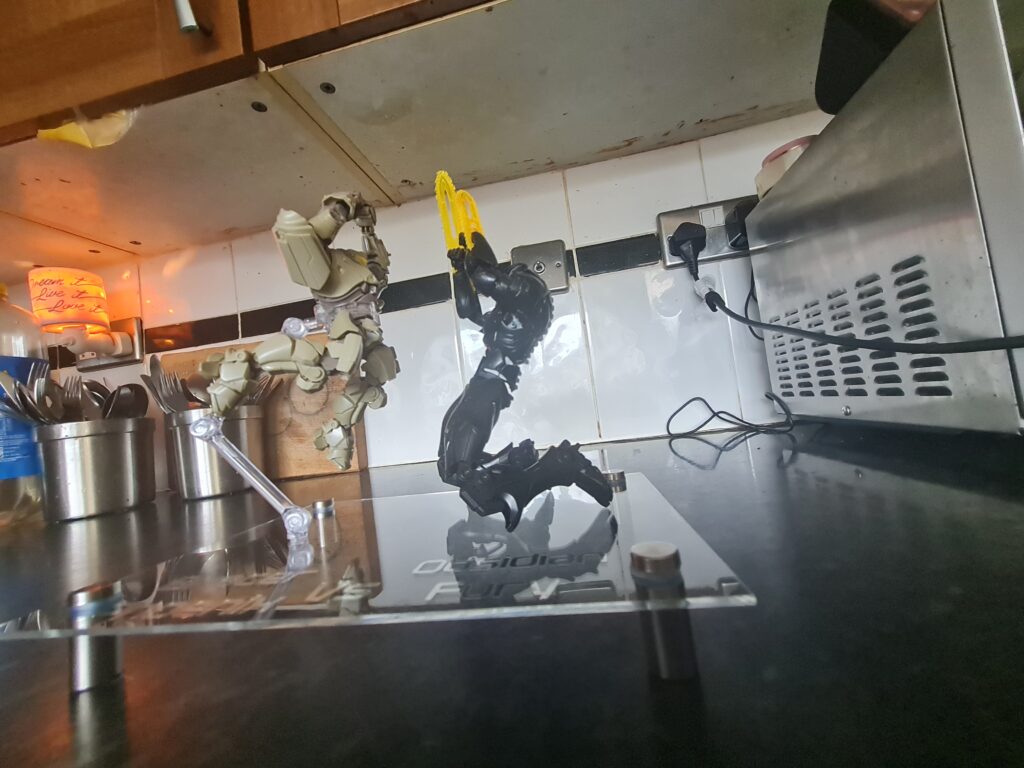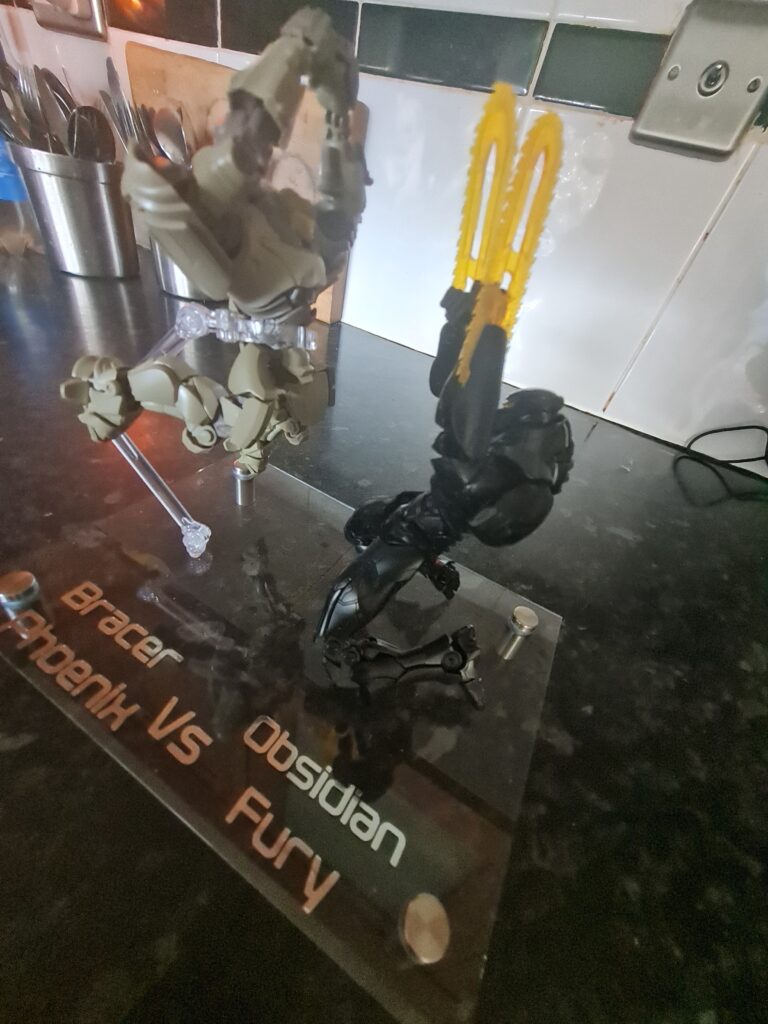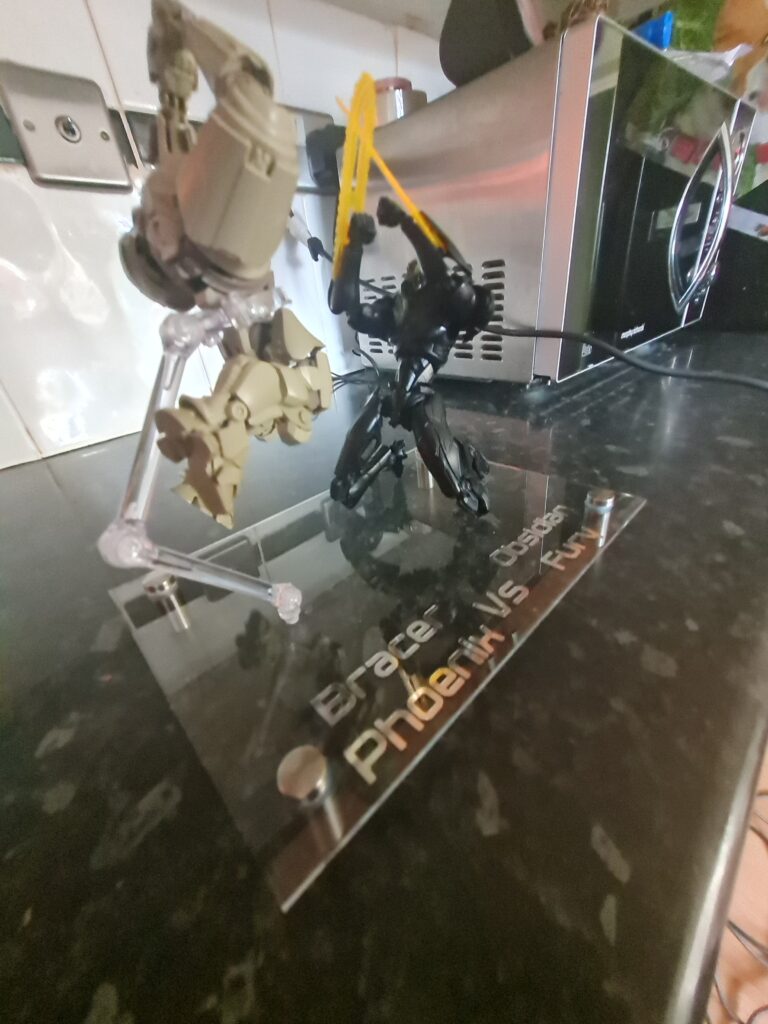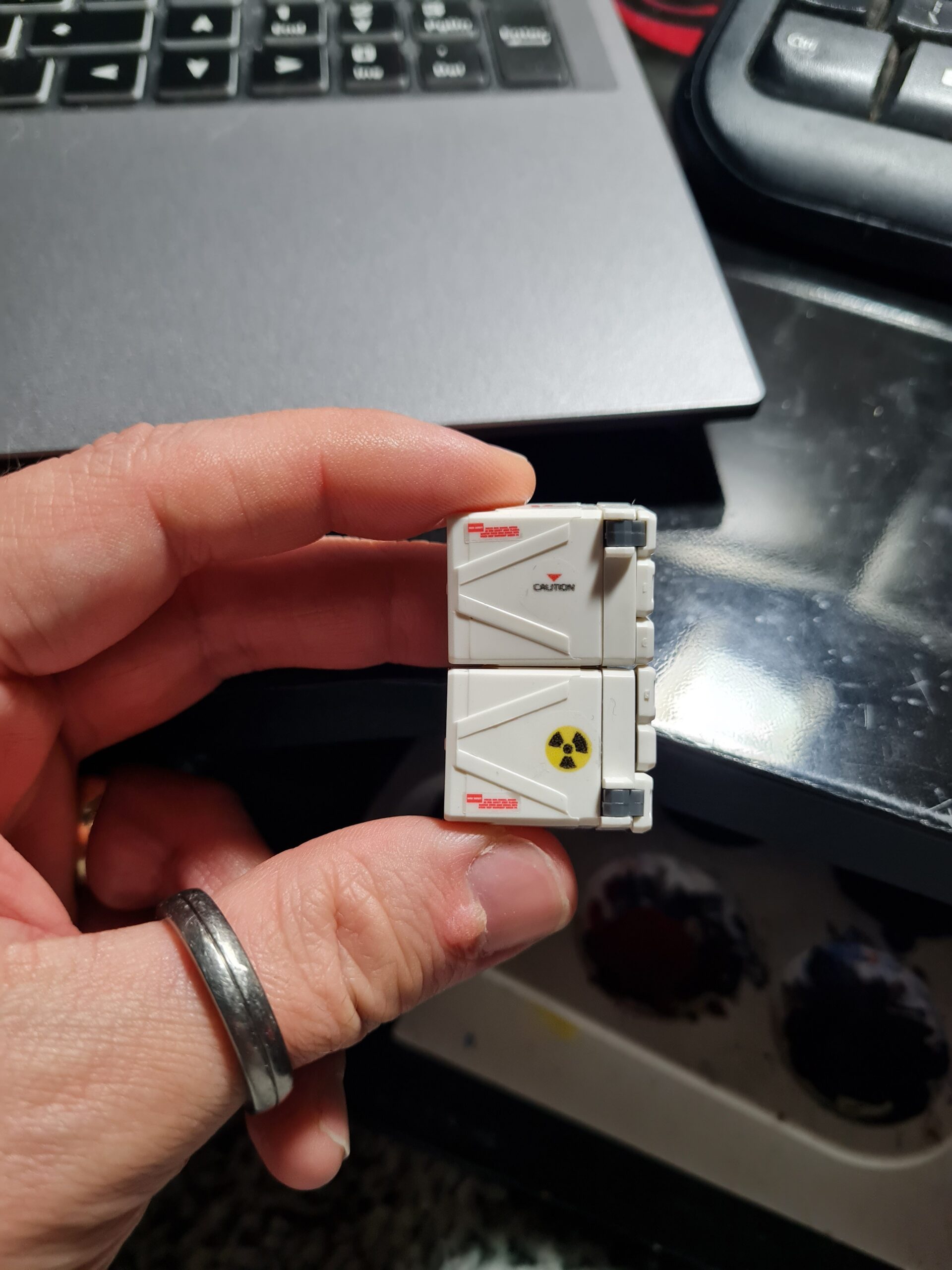
Introduction
I was curious, about making some custom decals. Now this wasn’t a case of I had to, this was purely an experiment. As the sticks are sometimes a bit jarring when they are applied, I thought I would look at how hard it would be to make my own decals.
Tools of the trade
After some research I found that really, you don’t need a lot of things to do this.
- Water slide decal paper
- A printer (suitable for use with the paper you bought)
- A graphics application
- Some topcoat
Water Slide decal paper can be bought online. It isn’t the cheapest, and it normally stipulates what type of printer it works with (for example inkjet). The printer, topcoat and graphics application I actually already had. So the only thing I had to buy specifically for this was the paper.
For the graphics manipulation I chose to use GIMP (available here) as it is free, and there are plenty of online tutorials that can help you get the best from it.
Making the images
To create my sample page / decals I decided to do some googling. I found some great examples that I used as inspiration for creating my first sheet. The final A4 page looked like this:
I realise there is a lot of wasted paper here but I just wanted to test it all out. Next I used the waterslide paper I purchased off ebay and printed the above image onto it.
I left it overnight then just to make sure the ink had dried. I realise this is overkill, but I wasn’t in a rush.
The next step was to apply top coat to the sheet. I opted for 3 coats leaving it well over 10 minutes between each coat.
I finally had my sheet to try!
Testing
Ok I won’t lie. My first test was a disaster. But I think that was more to do with me not understanding how to apply them, and less to do with the decal. Applying them was, once I had some practice, easy enough. I ended up adding some to my heavy arms leg launchers.
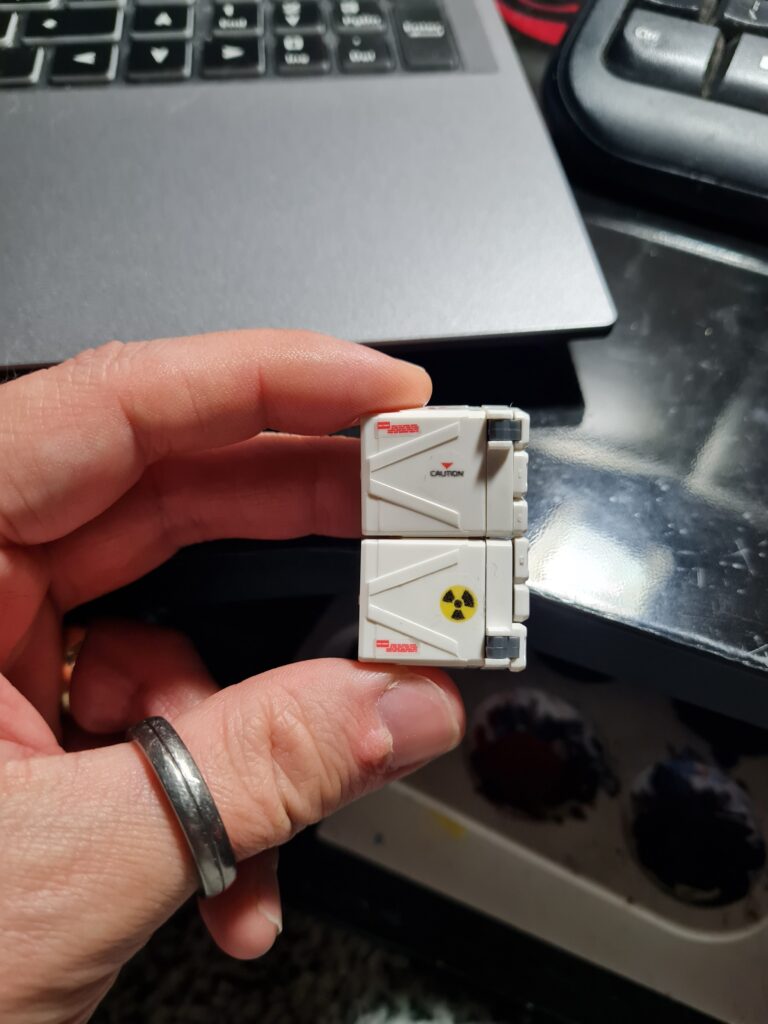

On the images above the little nuclear sign, and the red triangle and “caution” sign on the left image were custom ones from my print. The one on the image to the right is also a custom one.
Conclusion
All told I think the experiment was a success. I definitely found they worked best on lighter/white backgrounds but other than that I was very happy with the end result.
Thank you for taking the time to read this. If you haven’t already done so please like and follow us on our social media platforms and checkout our website!
Facebook: https://www.facebook.com/profile.php?id=100086701512793
Instagram: https://www.instagram.com/modelkitsltd/
Website: https://modelkitsltd.co.uk

